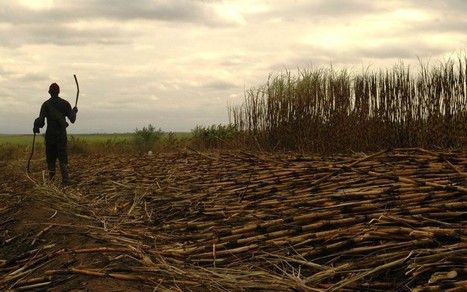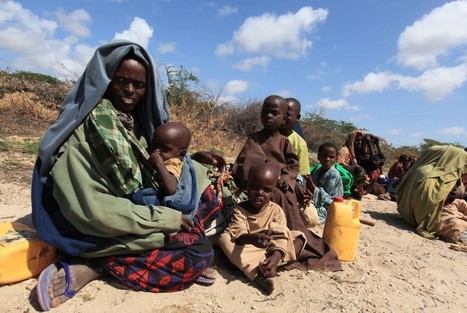This report is from the 1st Africa Food Security & Adaptation Conference 2013, which was held in Nairobi, Kenya, 20-21 August 2013. It begins by exploring the context of the issues faced by Africa, as well as the experiences shared on ecosystem-based approaches for food security and climate change adaptation. It then goes on to look at mainstreaming these approaches and what the implications are for future Africa food security and adaptation under increasing temperatures. The role of the private sector is considered - challenges and opportunities. The report finishes with conclusions, recommendations and the conference declaration on ecosystem-based approaches for food security and climate change adaptation.
Research and publish the best content.
Get Started for FREE
Sign up with Facebook Sign up with X
I don't have a Facebook or a X account
Already have an account: Login

Climate Change, Climate Adaptation, Disaster Risk Reduction and Food Security in East, Central and the Horn of Africa
Curated by
Robin Landis
 Your new post is loading... Your new post is loading...
 Your new post is loading... Your new post is loading...
|
|
















